The "Bad & Boujee" exhibition was an immersive and conceptual display that spanned across five floors of the Pilevneli Gallery in Istanbul, Turkey. The exhibition focused on the themes of digital and analog, exploring the intersection of these two worlds through a variety of mediums including 3D printing, VR animations, and oil paintings. Each floor of the building was dedicated to a different aspect of this theme, starting with "bad" in the basement and culminating in "boujee" at the top. The themes were connected and flowed seamlessly throughout the exhibition, allowing visitors to fully engage with the art and the ideas presented by Mehmet & Kazim. In addition to exploring the relationship between digital and analog, the exhibition also touched on the themes of high and low art, examining the blurred lines between these categories and challenging traditional notions of what constitutes high and low art.
Basement "Bad" - Almost Abstract





Ground floor - Love Birds



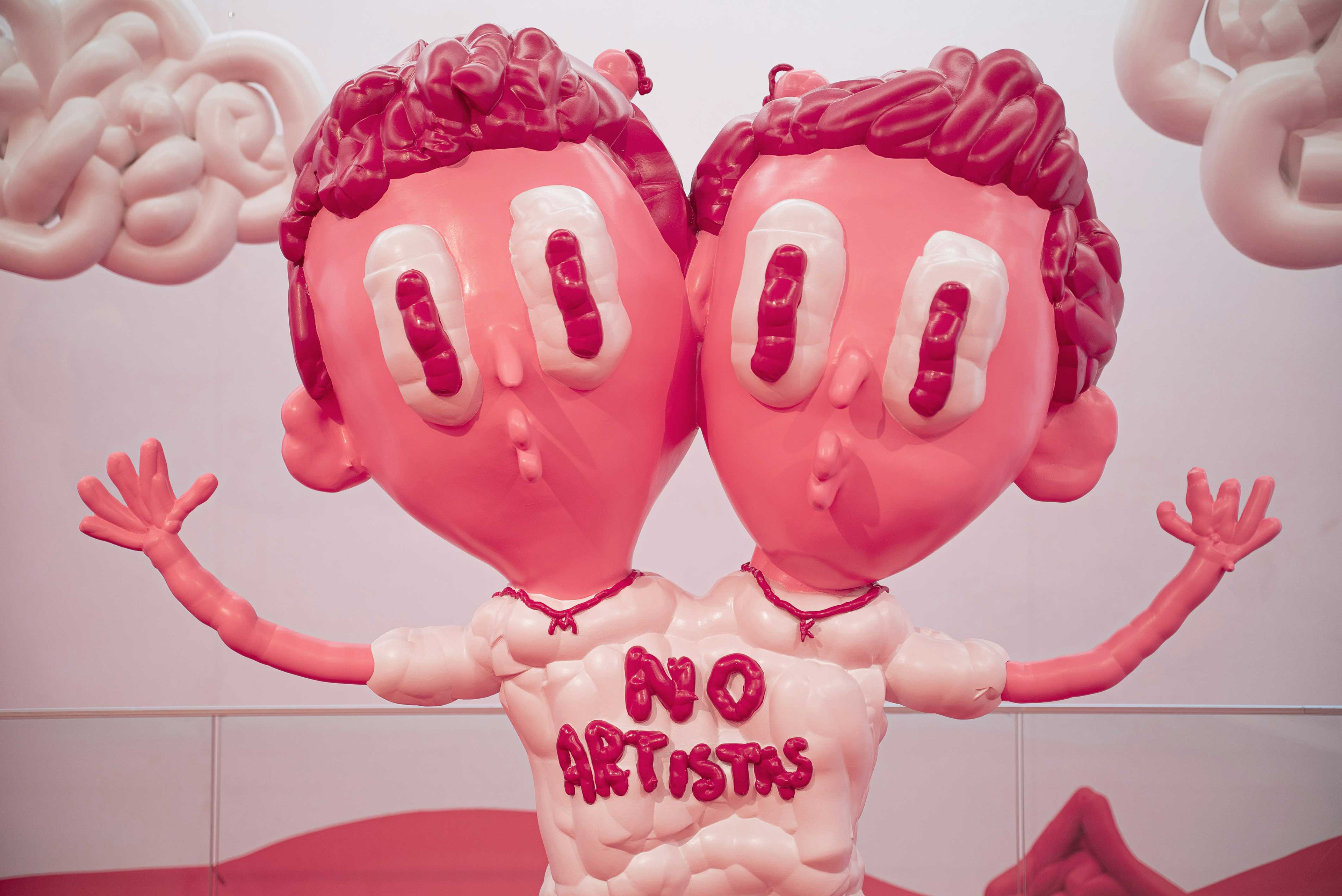


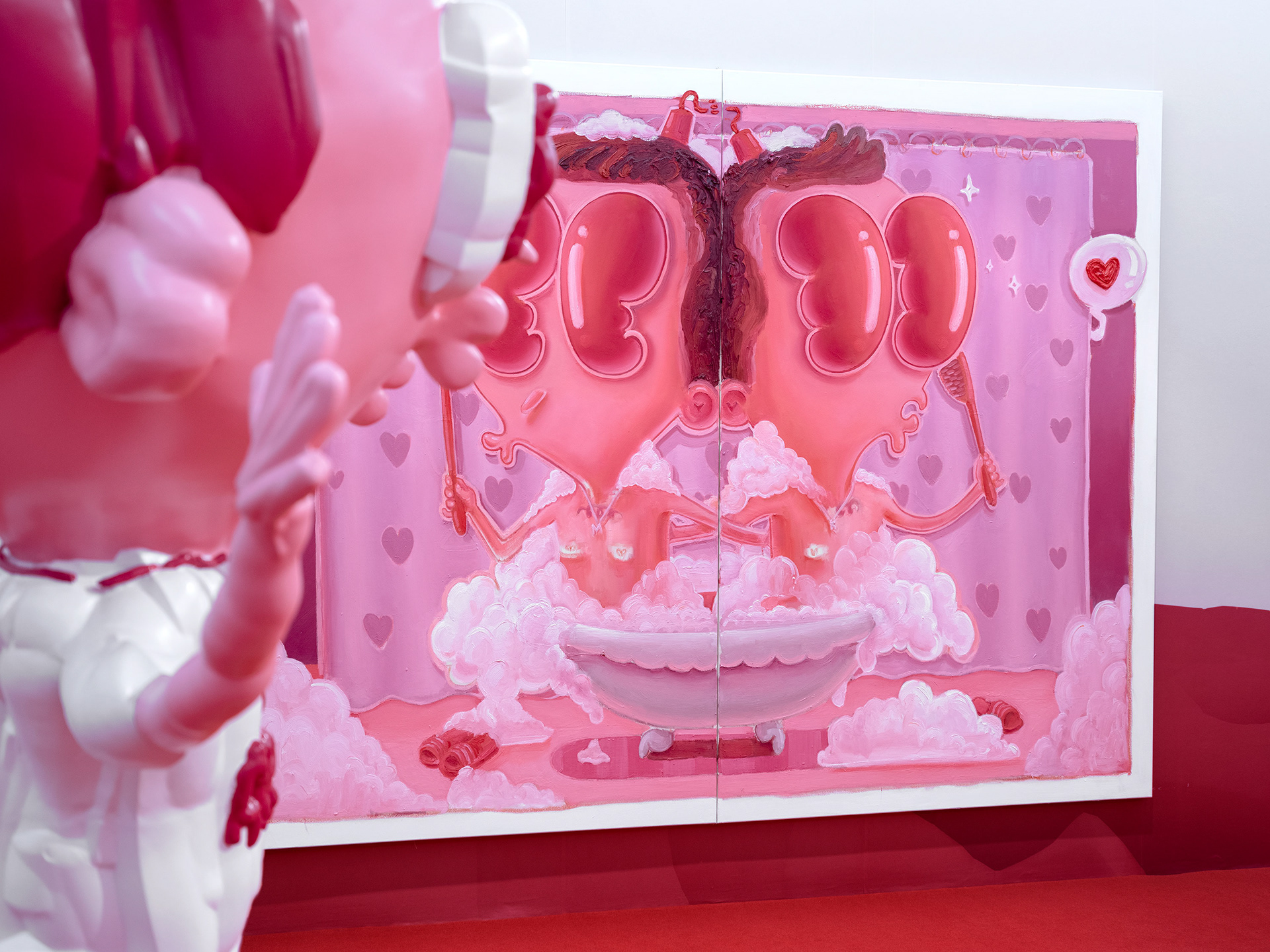


1st floor no artistas



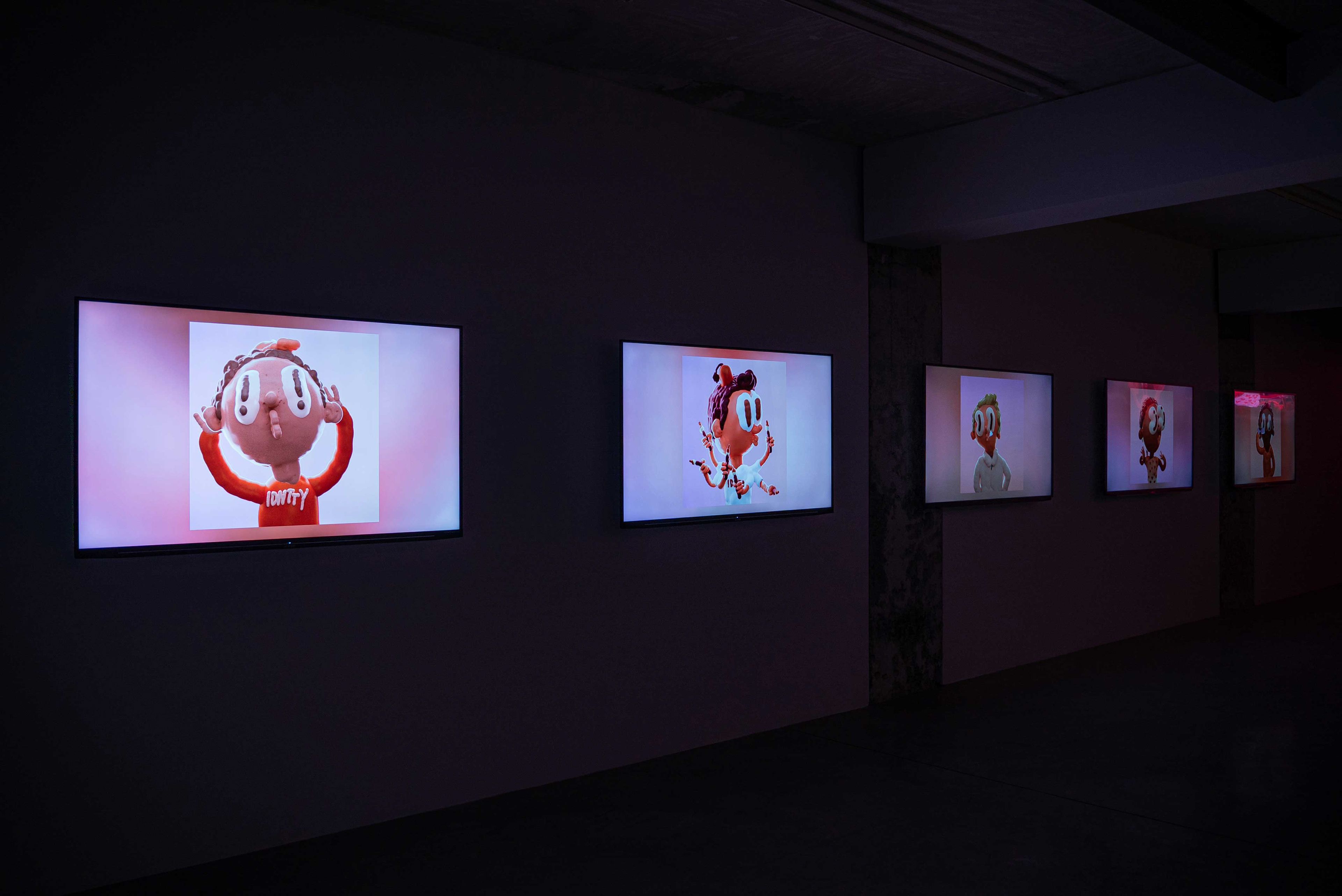

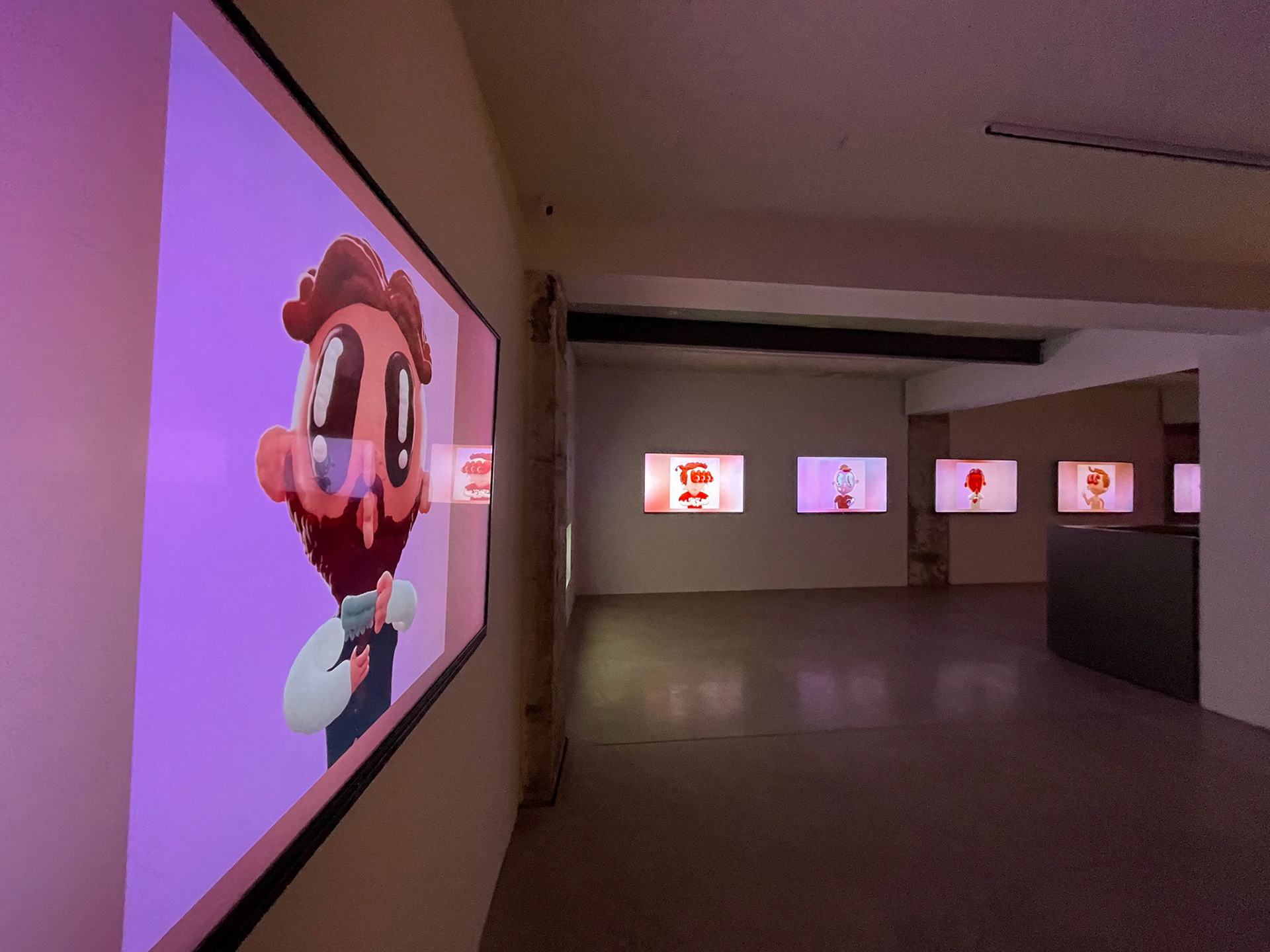
1st floor - Love Birds VR Version screen cube installation





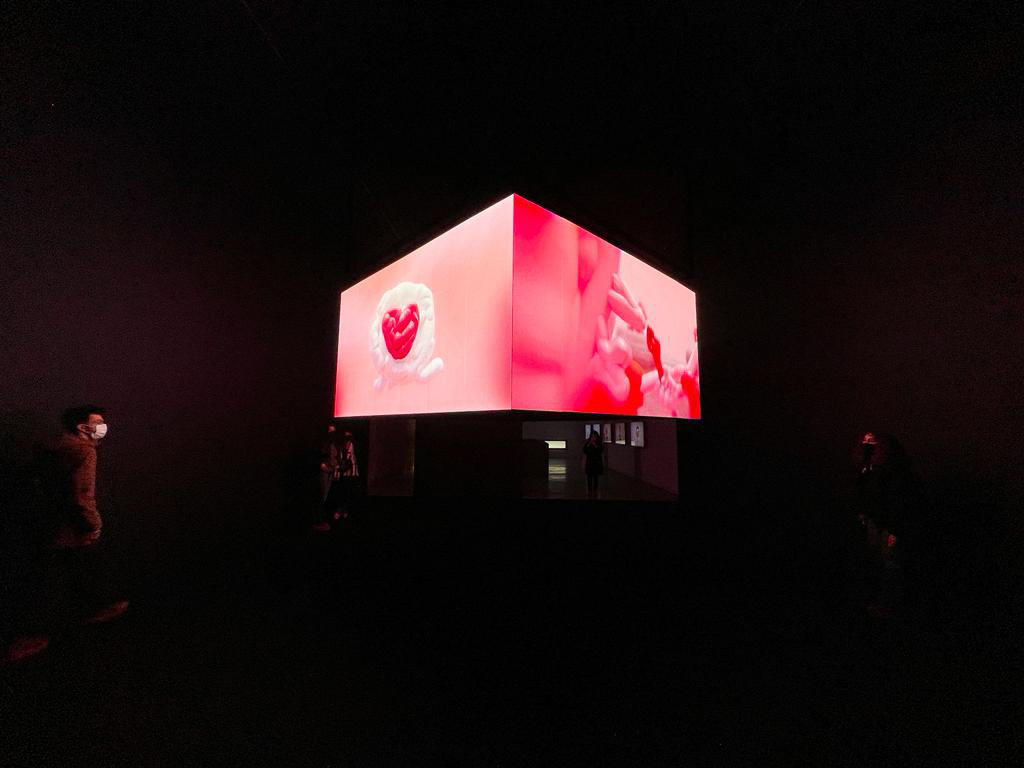
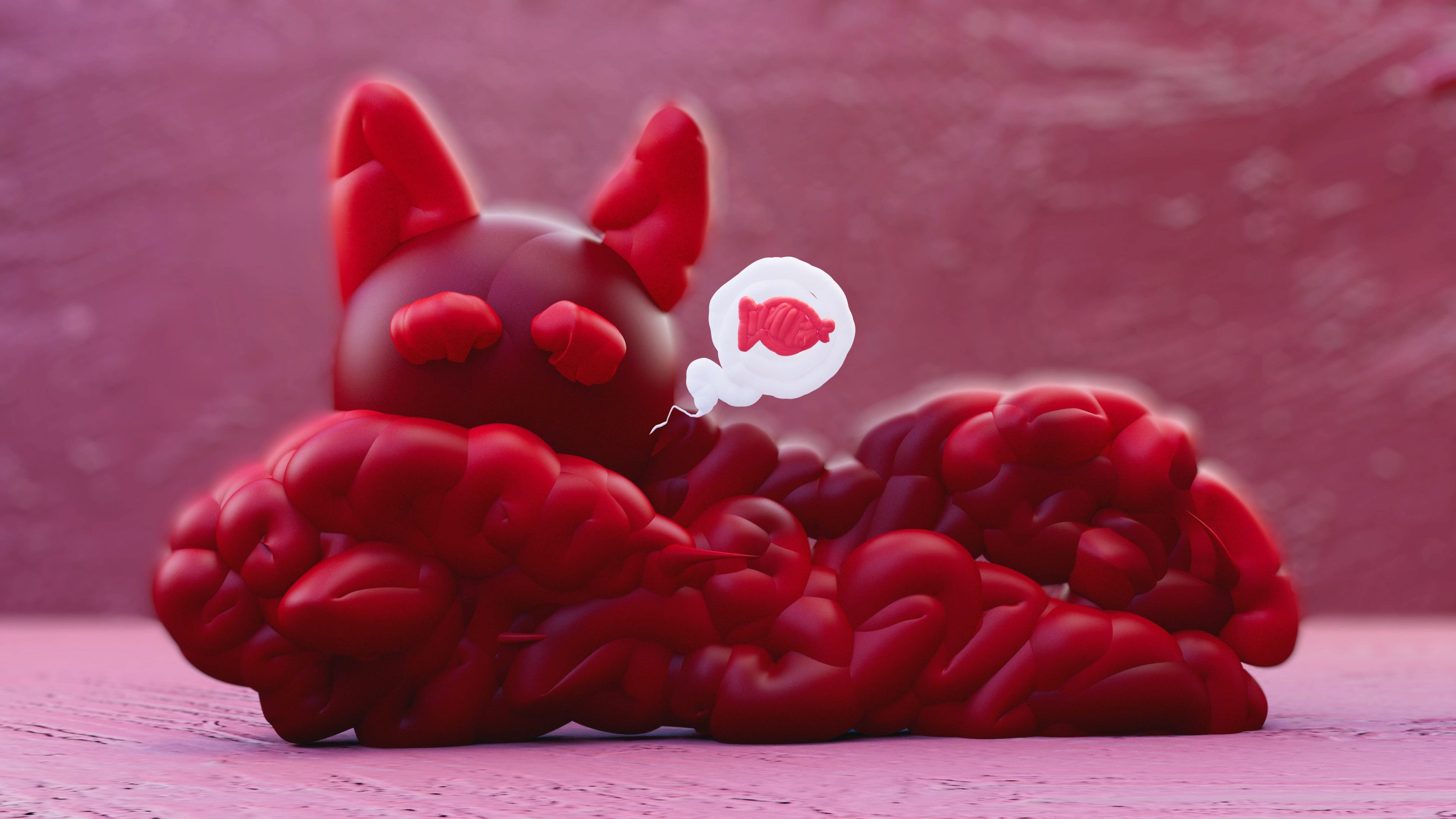









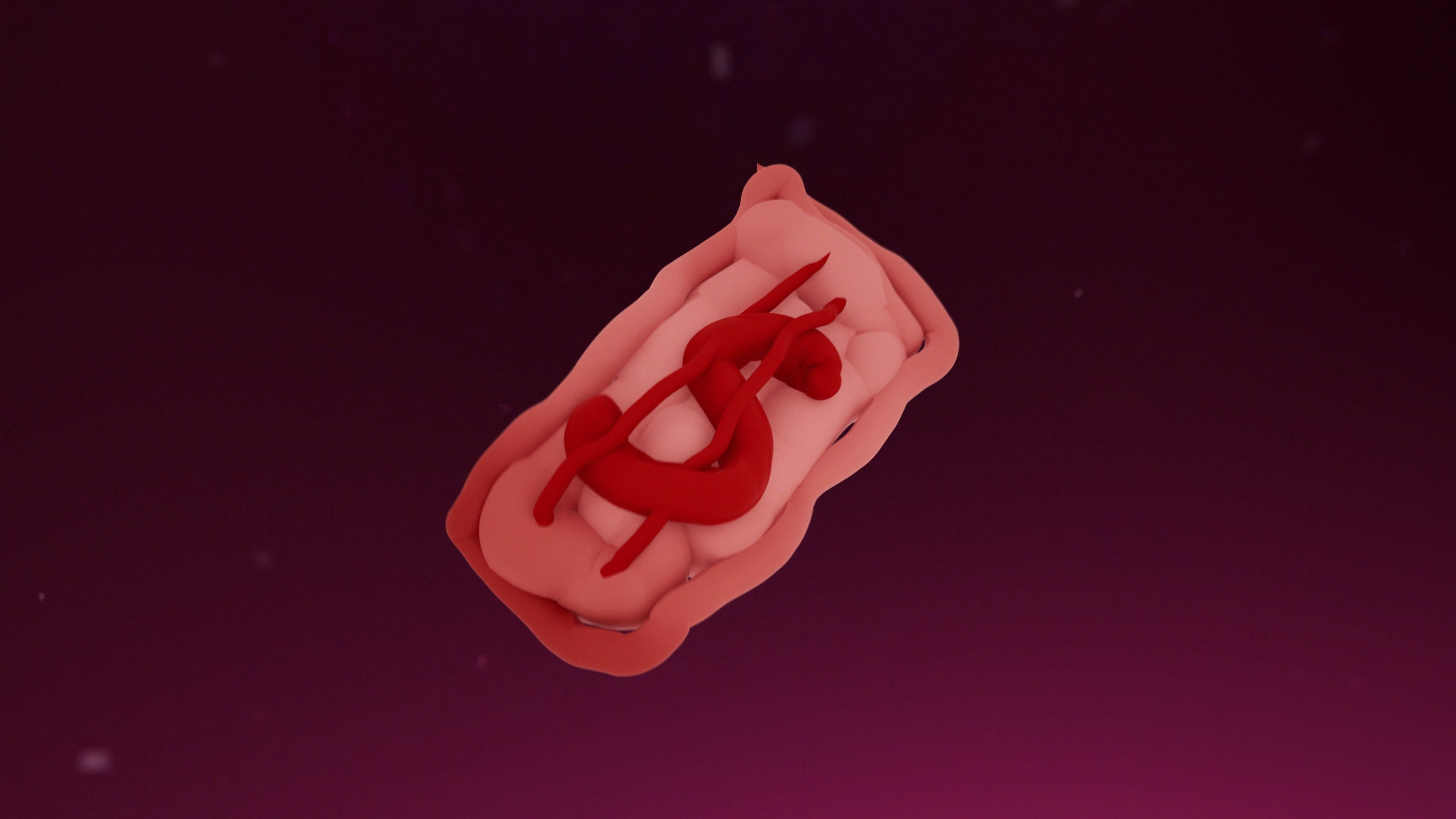





2nd floor - No Artistas Analog




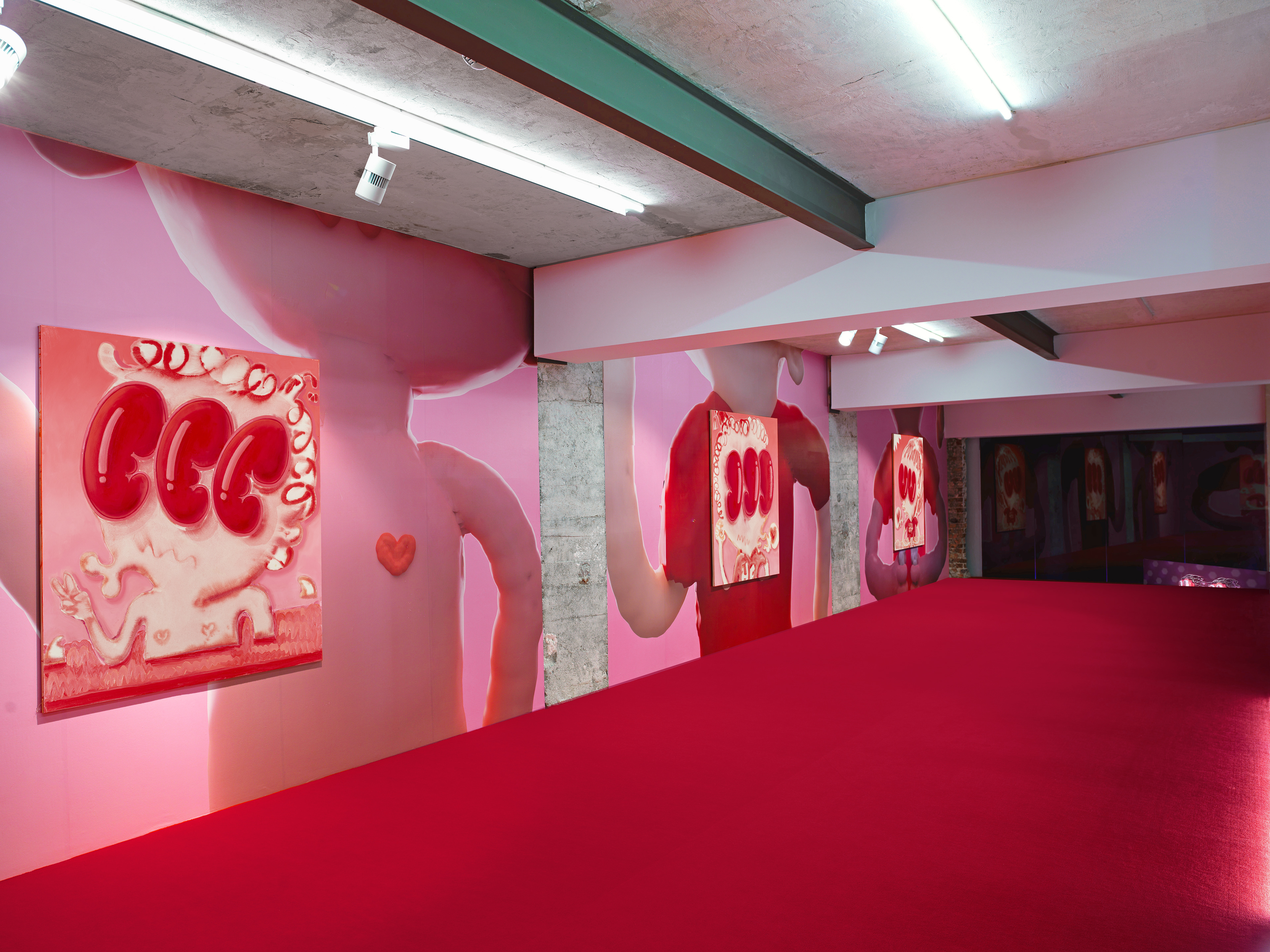
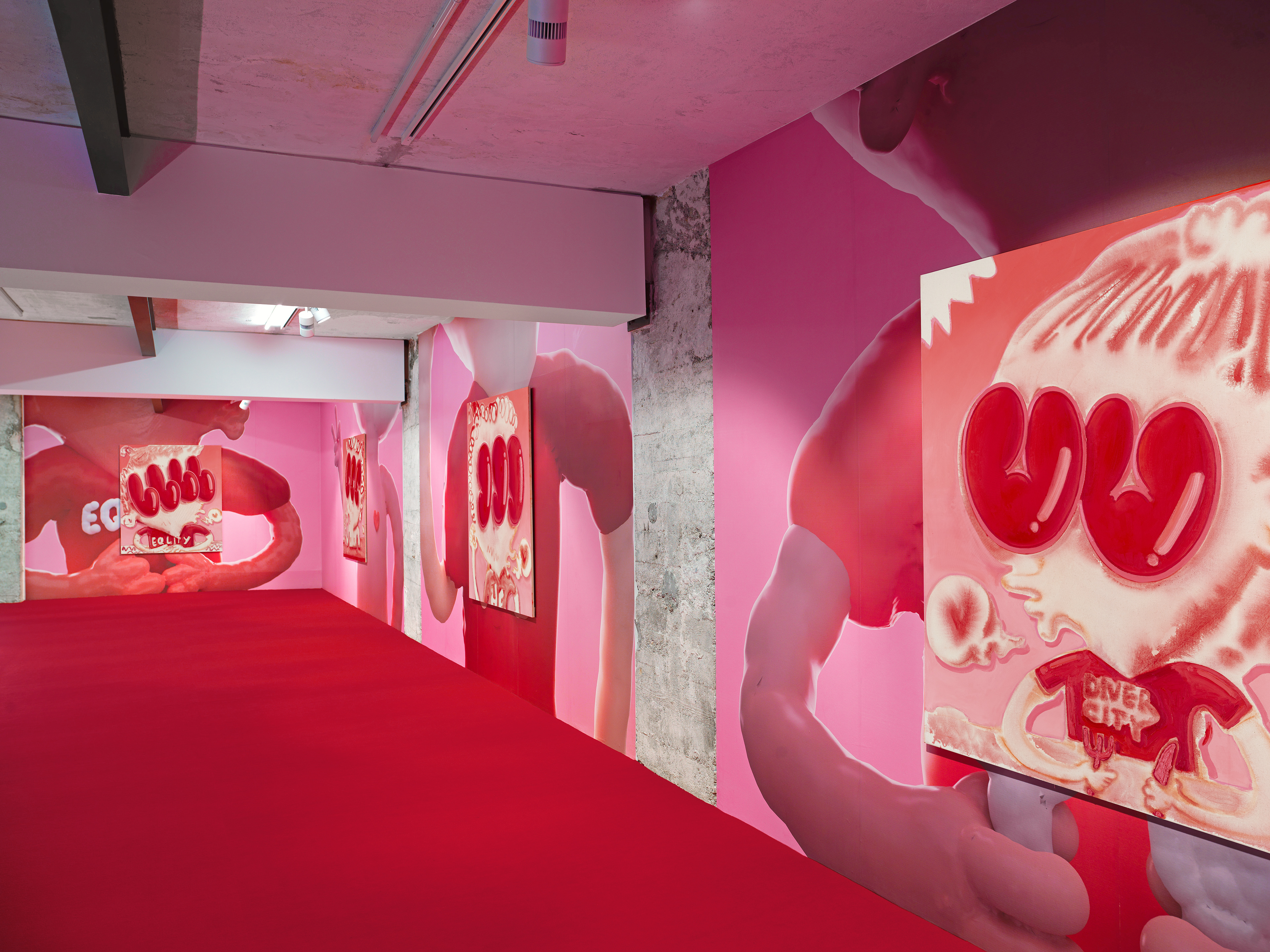
3rd floor - "BOUJEE" Finest Artist Watercolours





Exhibition text by
With “Bad and Boujee”, PILEVNELI presents the first solo exhibition of Mehmet & Kazim in Turkey and at the same time provides the most comprehensive overview of the multifaceted artistic practice of the painter duo to date.
In their usual manner, they have expanded the conventional concept of painting by spreading out the entire range of their media repertoire and thereby creating stage-like settings, which whisk the viewer away into their red and white world. This world is closely linked to their personalities and the numerous similarities in their biographies. Starting with the fact that they are cousins and share the surname “Akal”, meaning “white-red” in Turkish, what was reason enough to consistently focus the palette of all their works so far on solely these two colours. The fact that their artistic background is rooted in Hip Hop, Breakdance and Graffiti is shown by the formal appearance of the recurring motival personnel as well as by quotations from song lyrics and various symbols, which moreover point to the influence of comics. That at some point, they would turn to the Fine Arts and towards painting, isn’t a reason to wonder though, as their grandfather is the important Turkish painter Haşmet Akal. The influence of numerous art historical role models shouldn’t be underestimated as well. Above all Philip Guston, but also André Butzer, Martin Kippenberger, Markus Oehlen and Albert Oehlen as well as Peter Saul. And then, of course, there is perhaps the most important similarity of all: Both are children of Turkish guest workers in Germany, what resonates humorously as a given reality in the subtext of their works and in the overall staging of the Kissing Cousins, their alter egos.
The artistic staging of their family alliance takes place through the Kissing Cousins, who constantly reappear in their works. They show up painted in oil on canvas, as animated plasticine figures in video works, from which in turn sculptures are created, or in the shape of Mehmet and Kazim themselves, dressed in red Adidas tracksuits and Superstar sneakers. On entering the first exhibition room, one gets to know them right away in the “Lovebirds” series and quickly notices that both of them are at home on the bright side of life, where no prejudices, clichés, or anything else bad or negative exists. Everything is plastered with red hearts while the two of them walk around holding hands with kissing mouths, chill in a hammock or are on a dive.
The art of the painter duo isn’t thematically exhausted in their own biographies though. The art world and its immanent structures and codes are scrutinized with perpetual humour as well. The title of the series “Finest Artist Watercolours” at the top floor, for example, could have been taken from the newsletter of a gallery which offers “finest artist watercolours”. The seriousness of the economic and commercial aspect of the art business is thus ironically broken by the two Akal boys over and over again. Similarly, the work “Self-Portrait #4” (2020) makes use of classical art historical motifs. Instead of a face, however, “Self-Portrait #4” shows a stylised male bottom. Furthermore, throughout the whole exhibition one repeatedly encounters the Kissing Cousins wearing T-shirts saying, “No Artistas” or “No Art” and thus their own biographies mix with the conventions of the art world – already during their time as students at the Munich Art Academy, they had to realise that the artistic value of graffiti is rated rather low within the realm of the Fine Arts. So, it becomes evident that Mehmet and Kazim do not counter prejudices and clichés about their artistic roots and their identity as German-Turks with a moralising finger, but that they expose them with a kissing mouth and mischievous wit for what they are – nothing more than outdated stereotypes. In these ways, Mehmet and Kazim dare to look at the bigger picture from their very own perspectives.
Next to the rich content of their works, the duo keeps on examining purely painterly questions and so the medium is continuously put to the test and expanded in all directions. Sometimes, as in “Bad and Boujee”, through extensive spatial installations, digitally painted images or animated virtual reality videos, other times through wall paintings or projections. Painting does not remain on the canvas. It continues to spread across the walls, where digital landscapes and figures painted with a console and VR-glasses can be seen. The cloud and the larger-than-life sculpture of the Kissing Cousins have the same origin as they were painted digitally and found their way into reality via 3D printing. In turn, the video works on the second floor translate the Lovebirds series – its characters, motifs, and scenery – into moving images and thus bring them to life. Similarly, the digital murals of the “Dvr-City” room take the paintings as their model, leaving no doubt that for Mehmet & Kazim, painting is always the starting point for every endeavour.
An eagerness for experimentation can be seen throughout the whole exhibition in the use of different painting styles and techniques. While in the “Lovebirds” series an impasto, graphic-like application of paint is used to bring the figures onto the fabric, the works of the “Dvr-City” and “Almost Abstract” series are far more reduced, only to come up with a gossamer, extremely painterly style in the Finest Artist Watercolours. Starting with the clear figures of the “Lovebirds”, through the fading ones in the “Dvr-City” paintings and the “Finest Artist Watercolours” to the “Almost Abstract” series, in which the figures can only be guessed, the varieties of figuration and abstraction are also put to the test.
